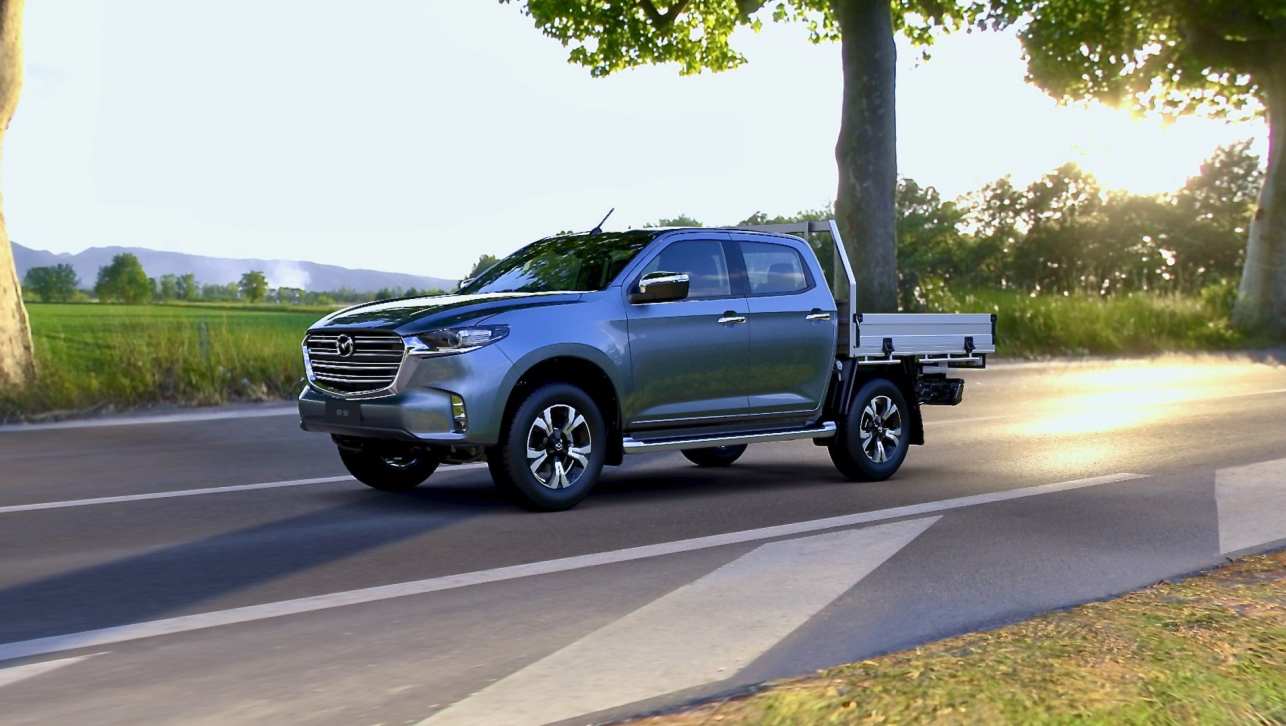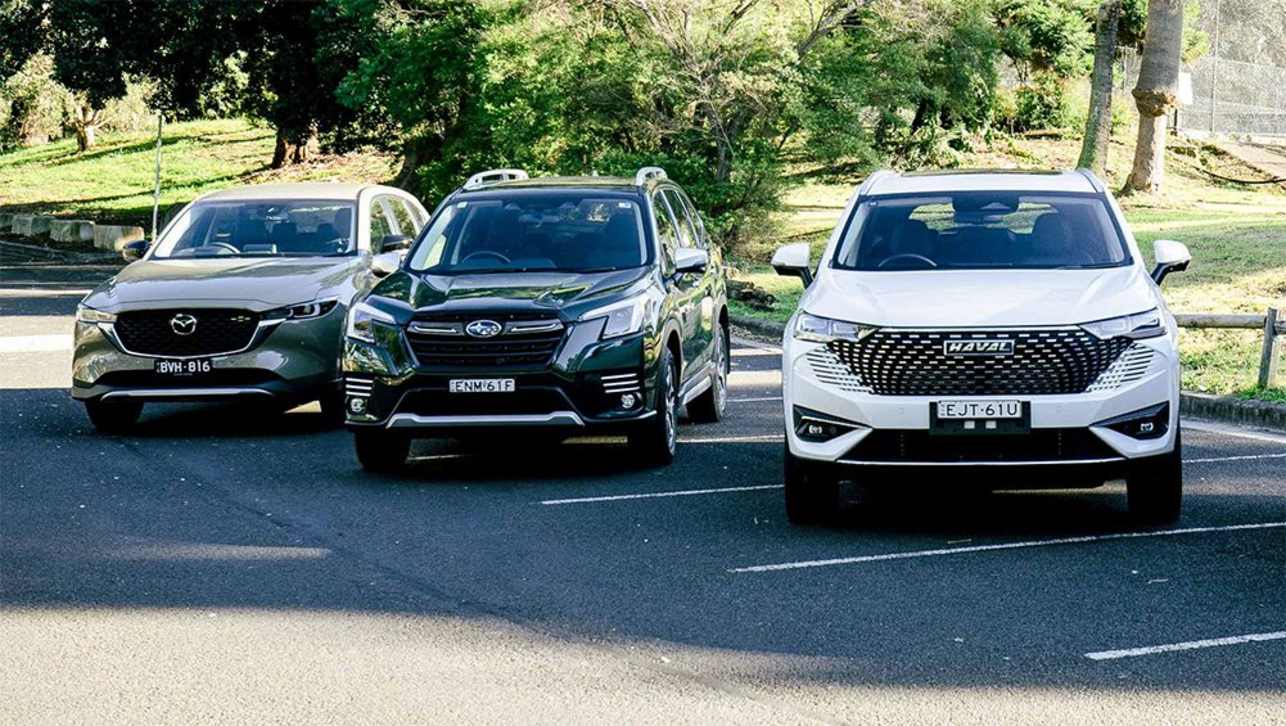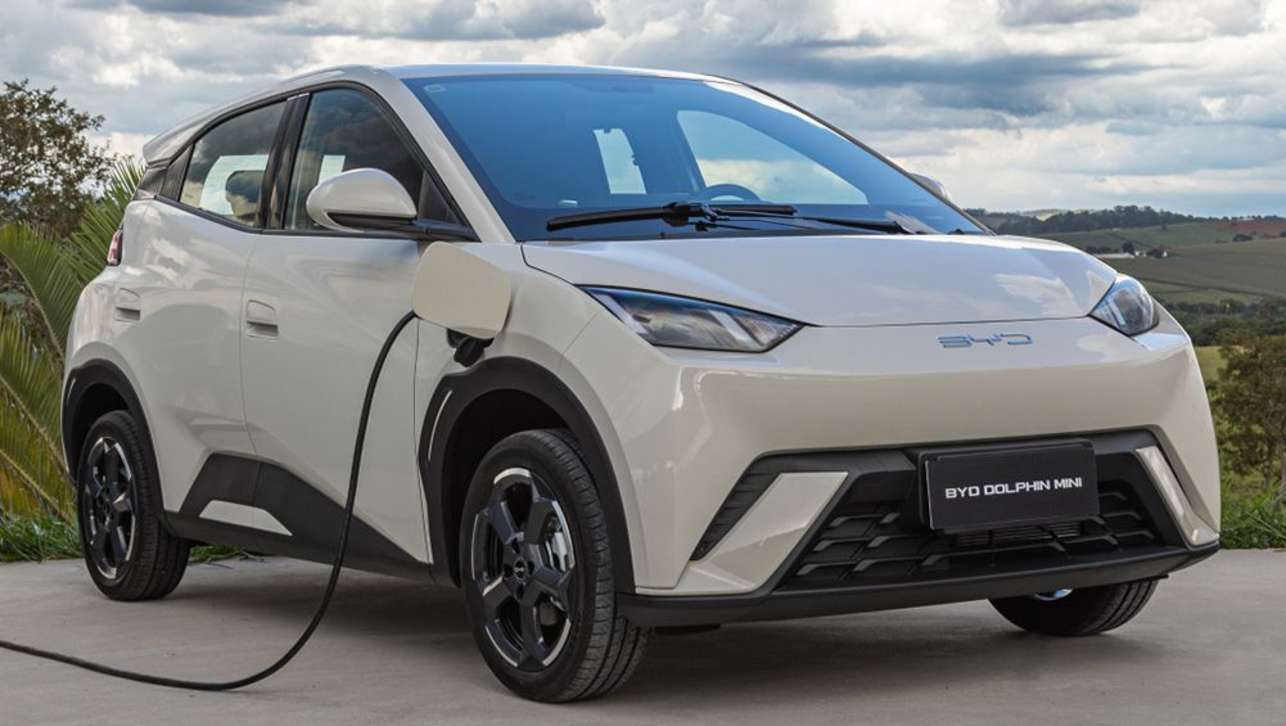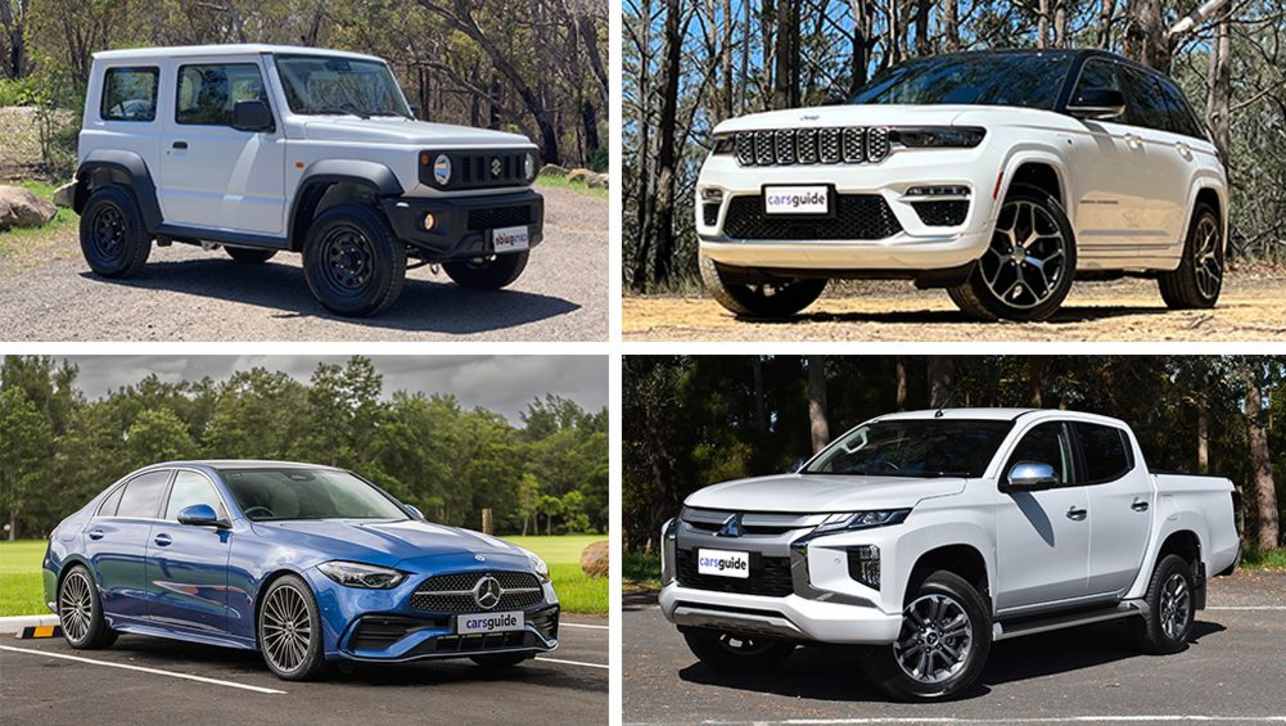Quentin Renaud and Tristan Villemain's beaten up but much-loved Citroen 2CV arrived in Melbourne last week after a 4000km drive from Perth via Alice Springs. The pair are on a quest to fulfil a wish to drive the car back to Paris.
They are in town to organise the next phase of their trip, a shipping container to carry the battered-scarred 2CV to South America. "But unless we can get a container we are not going anywhere," Renaud says. "We need a long container to take the car."
The French adventurers are continuing a trip started in Paris in 2003 by fellow Frenchmen Edouard Cortes and Jean-Baptiste Flichy, which ended in Asia. Cortes and Flichy nicknamed the 2CV Bucephale after the legendary hardworking horse of Alexander the Great.
From Paris Bucephale covered 16,000km to Saigon, via Afghanistan. Its roof was chopped off in the Middle East to lighten the weight for better economy. After arriving on the border of Vietnam and Cambodia, Cortes and Flichy were forced to leave the car and return to France.
They subsequently wrote about their experiences in a book "Paris to Saigon - 16,000km in a 2CV". Villemain was inspired to continue the journey.
He tracked down Flichy to get his permission to find the car. "In the book there was a challenge to go to Asia and bring the car back to France," Villemain says. "After I read the book I said to Quentin we should do it."
Flichy was impressed enough to give him the keys to the 2CV and encouraged him to bring it home. Heading to Asia in 2007, he found the car sitting on a strip of no-man's land between Vietnam and Cambodia.
A world map and the words, "Paris-Kabul-Saigon" were still visible on its sides. After some haggling with a local farmer the rusting 2CV was recovered, rebuilt and made roadworthy late last year.
It has been on the road since. If they can find a freight container, the pair will continue to South America and drive north to New York before heading home, covering 35,000km and five continents.
In keeping with original adventurers' desire to keep it simple, the men are using a compass and maps to find their way. "We don't have a navigation system and turning on the car's heater simply means taking a tennis ball out of the heater inlet," Villemain says.
The 2CV's robust two-cylinder engine can still hit 100km/h but in outback Australia rarely exceeded 80km/h. "It is very simple mechanically and very simple to drive," Villemain says.
The pair cover an average of 400km and 600km a day.




.jpg)
















.jpg)
.jpg)


.jpg)


.jpg)

.jpg)





Comments